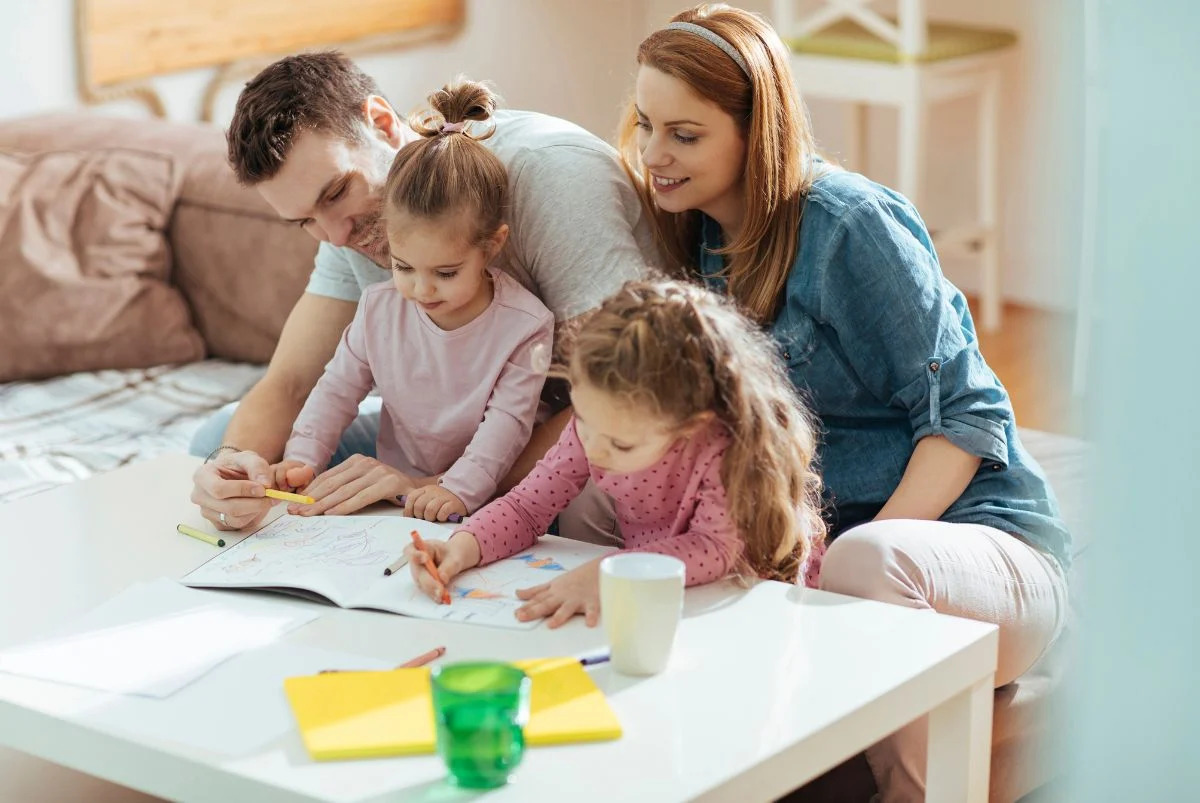How Parents Can Work Together to Teach Kids About Race Psychology Benefits Society
- by Admin
- Jan 01, 1970
- Jan 09, 2025 Views

In the world of reality contest shows, are any more fun than those that center around dancing? On shows such as Dancing with the Stars (above), individuals with varying levels of talent pair up with others—sometimes as novice, sometimes advanced—to practice and eventually perform a set routine.If you have ever watched these shows, you can appreciate the time and effort it takes to get the count right, keep rhythm etc.
As a racial-ethnic socialization (RES) scholar, watching these shows has also gotten me to think about another dance that goes on (and is often unnoticed) for many parents: working together to teach their child how to navigate a racialized world. Unlike faulty steps meaning the difference between staying on a show and going home, the stakes for effectively providing your child with affection, protection, and correction, as Dr. Howard Stevenson describes it, are much higher. Yet, while we often consider racial socialization one of the most critical parenting practices, there is not much that exists to help parents think through how their individual and collective skills, what they bring to the dance, can have important consequences for safeguarding their children physically, mentally, and emotionally.
So You Think You Can Dance?
Individually, it may be important for each parent to consider their styles and comfort around talking to their children about race. For example, one parent’s experiences with racial discrimination may make them more or less committed to preparing their children for potentially similar experiences. For another parent, they may still be carrying forward the messages that they were taught about race as a child, and these messages may inform how they plan to talk about race. Even experiences such as where parents’ grew up can impact how they think about race and the importance of teaching lessons to their children. So it is crucial to ask your co-parenting partner to share thoughts and feelings on race and RES.
In addition to what each parent brings to the dance floor independently, how well parents work together impacts how successfully they can teach their children about race. Have you ever seen two capable dancers stumble through a routine? Oftentimes it has to do with a lack of communication. The most seamless routines are often found when communication is open and frequent. For RES, like dancing, this can mean using verbal or non-verbal means to let your partner know where you are going.
Another element of effectively navigating RES may center on discussions of role-taking or leads. Have you discussed who might be the one to teach your child what to do if they get stopped by the police, or are called a racial slur?
No Parking on The Dance Floor
Even once parents are able to work together to get into a groove that includes mutual understanding and open communication, it is important to also take a look at what is going on in you and your child’s world. Very skilled dancers may still find it difficult to be successful on a dance floor that is too crowded, and communication may become difficult if the music is too loud. Does the neighborhood or school your child inhabits make having these conversations more critical? How do the current political climate and exposure to social media change the ways in which your maneuver? How do other important people—grandparents, stepparents, and fictive kin— fit in with how we are teaching our children about race?
While RES unfortunately does not come with an instructional dance guide, and there may not be just the “right moves”, working together to teach your children about race is achievable. Share experiences and perspectives on race; support one another in co-creating an approach to talking about race; and accommodate one another when disagreements about how to proceed inevitably arise.
Comments (0)